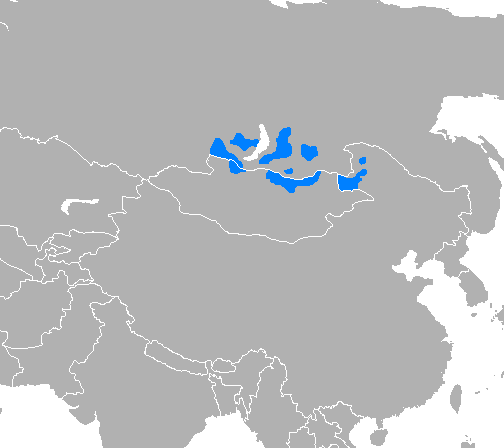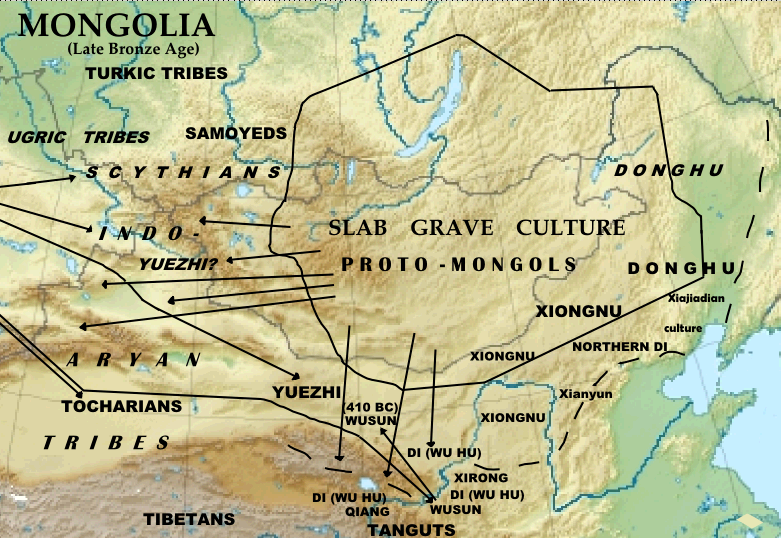|
State Of Buryat-Mongolia
The State of Buryat-Mongolia ( Buryat: ''Буряад-Монгол улас'' ''ᠪᠤᠷᠢᠠᠳ ᠮᠣᠩᠭᠣᠯ ᠪᠤᠯᠤᠰ'') was a buffer Buryat-Mongolian state,''Бабаков В. В.'', Бурнацком - Бурнардума: первый опыт национально-государственного строительства в Бурятии, Улан-Удэ, 1997 г. during the Russian Civil War. It was established according to by the first All-Buryat congress on 25 April 1917. The main government body was Burnatskom, the Buryat National Committee. After the collapse of the Soviet regime under the advance of the Whites and the Czechoslovakian division, the State of Buryat-Mongolia was recognized by the Soviets in 1918, and later by Grigory Semyonov's Government of Transbaikalia. The state de facto ceased to exist after the formation of the Far Eastern Republic, which divided Buryat-Mongolia in two: 4 ''aimags'' became part of the Far Eastern Republic, ... [...More Info...] [...Related Items...] OR: [Wikipedia] [Google] [Baidu] |
Buryat Language
Buryat, or Buriat (; Buryat Cyrillic: , , ), known in foreign sources as the Bargu-Buryat dialect of Mongolian, and in pre-1956 Soviet sources as Buryat-Mongolian,In China, the Buryat language is classified as the Bargu-Buryat dialect of the Mongolian language. is a variety of the Mongolic languages spoken by the Buryats and Bargas that is classified either as a language or major dialect group of Mongolian. Geographic distribution The majority of Buryat speakers live in Russia along the northern border of Mongolia where it is an official language in the Buryat Republic and was an official language in the former Ust-Orda Buryatia and Aga Buryatia autonomous okrugs. In the Russian census of 2002, 353,113 people out of an ethnic population of 445,175 reported speaking Buryat (72.3%). Some other 15,694 can also speak Buryat, mostly ethnic Russians. Buryats in Russia have a separate literary standard, written in a Cyrillic alphabet. It is based on the Russian alphabet with thr ... [...More Info...] [...Related Items...] OR: [Wikipedia] [Google] [Baidu] |
Transbaikalia
Transbaikal, Trans-Baikal, Transbaikalia ( rus, Забайка́лье, r=Zabaykalye, p=zəbɐjˈkalʲjɪ), or Dauria (, ''Dauriya'') is a mountainous region to the east of or "beyond" (trans-) Lake Baikal in Far Eastern Russia. The steppe and wetland landscapes of Dauria are protected by the Daurian Nature Reserve, which forms part of a World Heritage Site named "The Landscapes of Dauria". Etymology The alternative name of the Transbaikal, ''Dauria'', derives from the ethnonym of the former inhabitants, the Daur people, whom Russian explorers first encountered in 1640. Geography Dauria stretches for almost 1,000 km from north to south from the Patom Plateau and North Baikal Plateau to the Russian state borders with Mongolia and China. The Transbaikal region covers more than 1,000 km from west to east from Lake Baikal to the meridian of the confluence of the Shilka and Argun Rivers. To the west and north lies the Irkutsk Oblast; to the north the Republic of Sak ... [...More Info...] [...Related Items...] OR: [Wikipedia] [Google] [Baidu] |
History Of Mongolia
Various nomadic empires, including the Xiongnu (3rd century BC–1st century AD), the Xianbei state ( AD 93–234), the Rouran Khaganate (330–555), the First Turkic Khaganate, First (552–603) and Second Turkic Khaganates (682–744) and others, ruled the area of present-day Mongolia. The Khitan people, who used a para-Mongolic language, founded an empire known as the Liao dynasty (916–1125), and ruled Mongolia and portions of North China, northern Korea, and the present-day Russian Far East. In 1206, Genghis Khan was able to unite the Mongols, Mongol tribes, forging them into a fighting force which went on to establish the largest contiguous empire in world history, the Mongol Empire (1206–1368). After the Division of the Mongol Empire, fragmentation of the Mongol Empire, Mongolia came to be ruled by the Yuan dynasty (1271–1368) based in Khanbaliq (modern Beijing) and administered as part of the Mongolia under Yuan rule, Lingbei Province. Buddhism in Mongolia began wit ... [...More Info...] [...Related Items...] OR: [Wikipedia] [Google] [Baidu] |

